A single wave consists of many specifications; one among them is amplitude. In this post, we will know the amplitude of wave examples.
The term amplitude measures the distance of a point present on any vibrating object that travels to its maximum length from the point of equilibrium. Amplitude will measure half-length, i.e., from crest to trough. Depending on the nature of amplitude, there are various examples.
Now let us explore the different amplitude of a wave example.
The amplitude of a wave example
Amplitude is also a component used while studying the components of a wave. It, in general, measures how much maximum energy it carries from crest to trough or vice versa. Below are a few amplitudes of a wave example that we use familiarly in real life.
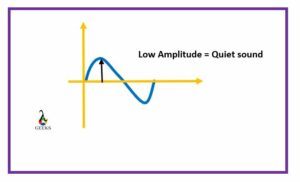
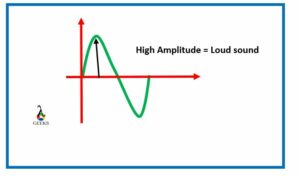
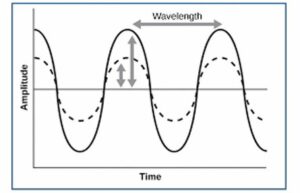
- Launching of a rocket
- Ripple sound of water produced in lake
- Rustling of leaves
- The swinging of a clock pendulum
- Working of Ferris wheel
- The amplitude of Radio waves
- Voice of women
- Listening to music
- Cheering by Audience
- Skipping a rope
- Playing the guitar
- The amplitude of waves during an earthquake
- The amplitude of waves in Tsunami
- Different Electromagnetic waves
- Sound waves
- Vibrating objects
- Graph of Sinx
Launching of a rocket
The sight of Launching a rocket will be a pride moment for every country. When the rocket or any missile is launched, the blast will create a loud sound heard in distant places. The sound waves generated by the blast will be maximum due to the very high amplitude. Therefore, the launching of the rocket is the best amplitude of a wave example.
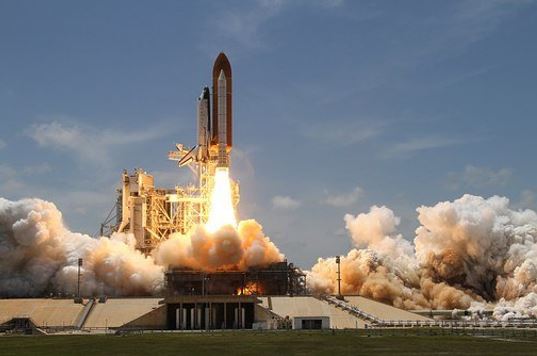
Ripple sound of water produced in lake
When you accidentally throw a stone into the water body. You observe some sound and a circular pattern that forms around the stone. Here we must notice that the water wave’s amplitude will be measured from the higher point of the wave to the res. If there is a low ripple sound, it measures low amplitude; if there is a high ripple sound, it measures high amplitude.

Rustling of leaves
When there is a wind blow, we observe the rustling of leaves. The rustling of leaves makes some noise, which is produced due to sound waves. We can measure the loudness of these rustlings by measuring the length of the amplitude.

The swinging of a clock pendulum
In ancient times, the pendulum clock was seen in every household. The time was known to us by the swinging sound of the pendulum. The sound used to be loud for peak hours as there were maximum sound waves and minimized the sound used for certain other hours due to more minor sound waves. We can see that the pendulum swings from its mean position to back and forth. The change in amplitude measures the loudness of sound, and swinging the pendulum is a primary amplitude of a wave example.

Working of Ferris wheel
The Ferris wheel is an enjoyment that we usually experience in fairs. The giant Ferris wheel works with oscillation; in this oscillation, we produce waves to measure the amplitude. The amplitude of the oscillating waves is calculated from the equilibrium point; for the variation of the speed of the Ferris wheel, the amplitude changes.

The amplitude of Radio Waves
The radio waves have the longest wavelengths compared to any other electromagnetic waves. In general, the radio waves travel back and forth motion from their equilibrium point. The amplitude at its peak gives the maximum energy value of a radio wave that measures the length between its one crest and one trough. The measure of the amplitude of radio waves contains a specific formula.
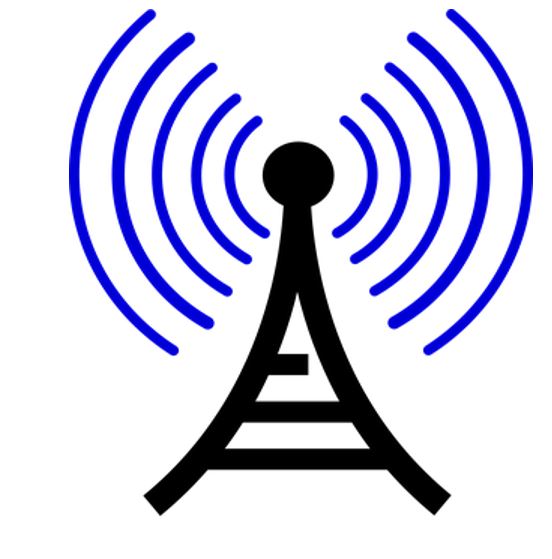
Voice of women
Usually, the voice of females has more pitch when compared to that of men. When a female speaks, certain emotions will lead to variations in sound waves. If the waves are less in height, then the amplitude will be less, leading to low voice, whereas, for a loud voice, the wavelength will be more with higher amplitude.

Listening to music
When we listen to some music, we frequently increase or decrease the volume. When we change the volume, we make variations in the frequency of music that leads to a change in loudness and can calculate this loudness with the help of amplitude. A similar process occurs when we change the volume of the show that we are watching on television or any video platform.

Cheering by Audience
During a high-voltage sports match, it may be cricket, football, kabaddi etc. The crowd who will be witnessing the match will cheer for their team. While cheering, the audience may start to cheer loudly, increasing the sound waves that lead to maximum amplitude. The crowd sometimes performs certain activities, such as raising their arms in a wave. These are some different amplitude of a wave example.

Skipping a rope
We have tried the game of skipping a rope in our childhood. If you notice this game, there will be the formation of waves when you skip the rope; the creation of these waves indeed consists of amplitude, higher the length of the wave, maximum will be the amplitude. It also signifies the wave’s energy that can be classified by high and low amplitude.
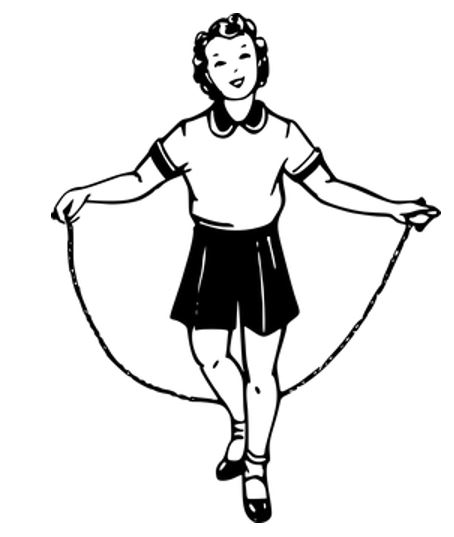
Playing the guitar
Listening to the music of the guitar is such a calming experience. When an individual plays the guitar, the guitar’s strings vibrate, leading to the creation of sound waves that produce soothing music. The guitars produce different bass and music, and each has different amplitudes. Can use the pitch of the sound to determine the nature amplitude and frequency.

The amplitude of waves during an earthquake
During the earthquake, there will be so much destruction. The earthquake is mainly due to the waves; if the amplitude of these waves is maximum, then there will be more destruction and sound; if the amplitude is less comparatively, then there will be less abruption.
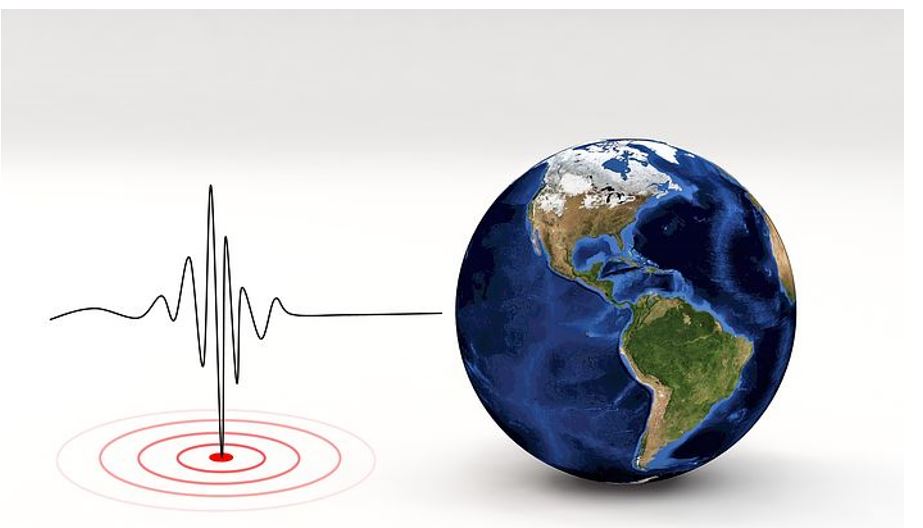
The amplitude of waves in Tsunami
Even for all the natural disasters, there will be certain variations in waves that may be longitudinal or transverse. In Tsunamis, there will be specific variation in water waves; the extent of energy can be measured by its amplitude from its rest to the peak position. If the wave amplitude becomes maximum inside the water, that will lead to high tides called Tsunamis.
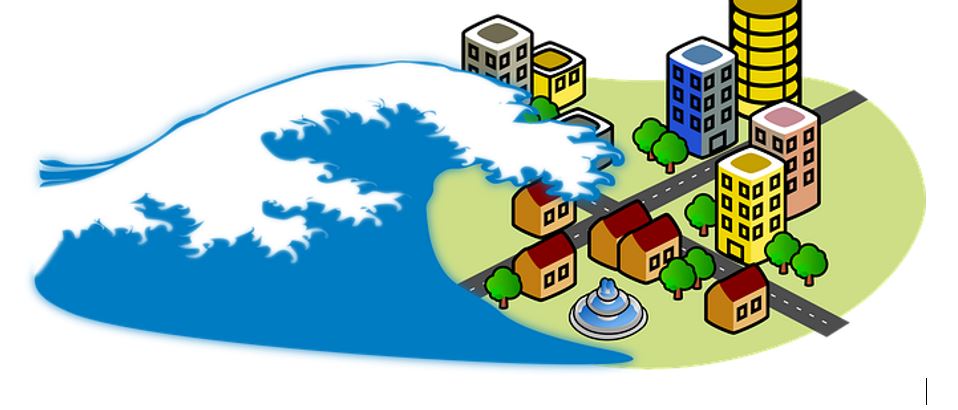
Different Electromagnetic waves
The different electromagnetic waves, from radio waves to gamma waves from the electromagnetic spectrum, have varieties of applications globally. In everyday life, we experience these waves in our mobiles, television, medical instruments and used in industries for food processing, manufacturing etc.
These various waves have different amplitudes based on their wavelength, The longest wavelength has the maximum amplitude, and the shortest ones will have the lowest amplitude. The electromagnetic waves will be one of the best amplitude of a wave example used to measure the extent of energy carried by any wave.
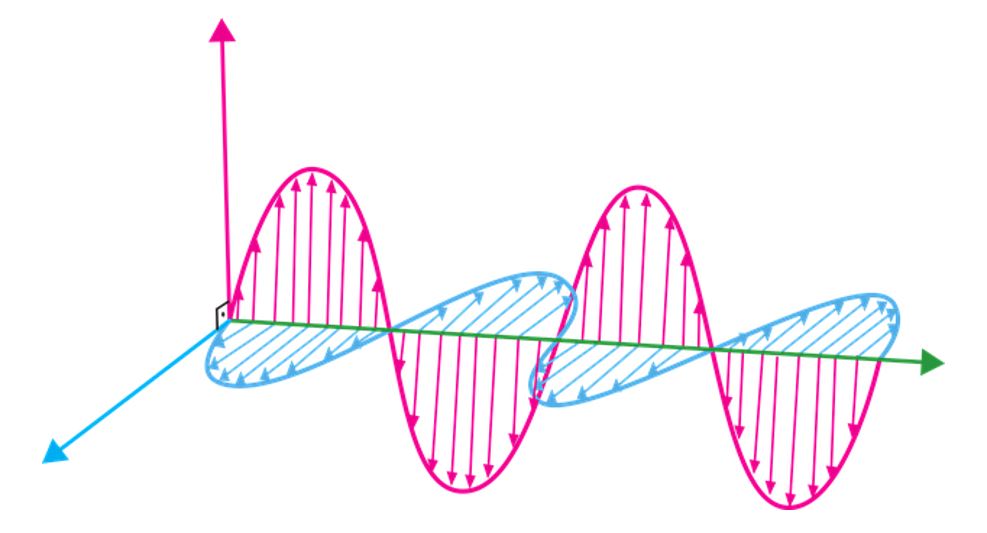
Sound waves
The sound wave is usually generated from a medium of music, volume and loudness. The length of the amplitude of a measure is a key to calculating the loudness of any music. The distance between the highest point and trough of the amplitude is calculated from its mean point to know the extent to which the sound energy is produced. Using the formula, if we measure the amplitude and if it results high, then the sound will be loud, whereas if the amplitude is less, then the loudness will be less. . Sound waves are one of the essential applications of the amplitude of a wave example.
Vibrating objects
The vibration of any object indeed leads to the creation of waves, and its nature depends on the medium from which it is created. Every object when gets disturbed from its rest it leads to vibration. If the length measured from peak to trough will be maximum, there is a large amplitude resulting from a high vibrating object. There will be low amplitude for a less vibrating object that results in a quiet sound. All these vibrations that lead to a change in amplitude are measured from the rest point. The vibrating objects are certainly a primary amplitude of a wave example.

Graph of Sinx
When you draw a graph for sinx for any experiment, we will observe a wave diagram; in this graph, the extreme points are considered the amplitudes measured from their equilibrium positions. If there is a high amplitude, the value will be more; if there is a low amplitude, the value will be less. Graph of sinx will be in the form of a wave to measure amplitude.
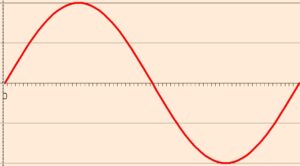
These are some primary amplitude of a wave example that can be seen globally.
Frequently Asked Questions on Amplitude of wave | FAQs
What do you mean by a wave?
In simple terms of physics, waves are certain disturbances generated in any media.
Waves are meant for transferring a certain amount of energy to a different point in the form of oscillation. It propagates in a specific direction when an object undergoes vibration.
What are the different types of a wave?
The different types of waves rely on the media from which it is produced. The main two types of waves are below,
- Longitudinal: Perpendicular
- Transverse: Parallel
What is the definition of the amplitude of the wave?
In the simple language of physics, the amplitude is the distance between one crest and one trough.
The wave’s amplitude is defined as the calculation of the height of the wave from its peak to resting. It helps measure the amount of distance that the vibrating atoms move to their maximum extent in media from its reference point. If the amplitude is more, there will be more sound, and if there is less amplitude, the sound will be weak or quiet.
What are the factors that affect the amplitude of the wave?
The main conditions that play an essential role in creating variations in the amplitude of a wave are as mentioned.
- The variation in frequency from its atmosphere and the source of the wave affects its amplitude.
- The disturbances present in the source’s atmosphere affect its amplitude.
- The quantity of energy used by the wave’s source to generate sound affects its amplitude.
Also Read:
- Electromagnetic waves types
- How does a microwave sensor work
- Types of sound waves
- How to find amplitude of transverse wave
- Wavelength
- How to find the frequency of a wave
- Transverse wave example
- How to find wavelength of transverse wave
- Why does light exhibit both wave and particle characteristics
- Refraction of waves examples

I am Raghavi Acharya, I have completed my post-graduation in physics with a specialization in the field of condensed matter physics. I have always considered Physics to be a captivating area of study and I enjoy exploring the various fields of this subject. In my free time, I engage myself in digital art. My articles are aimed towards delivering the concepts of physics in a very simplified manner to the readers.